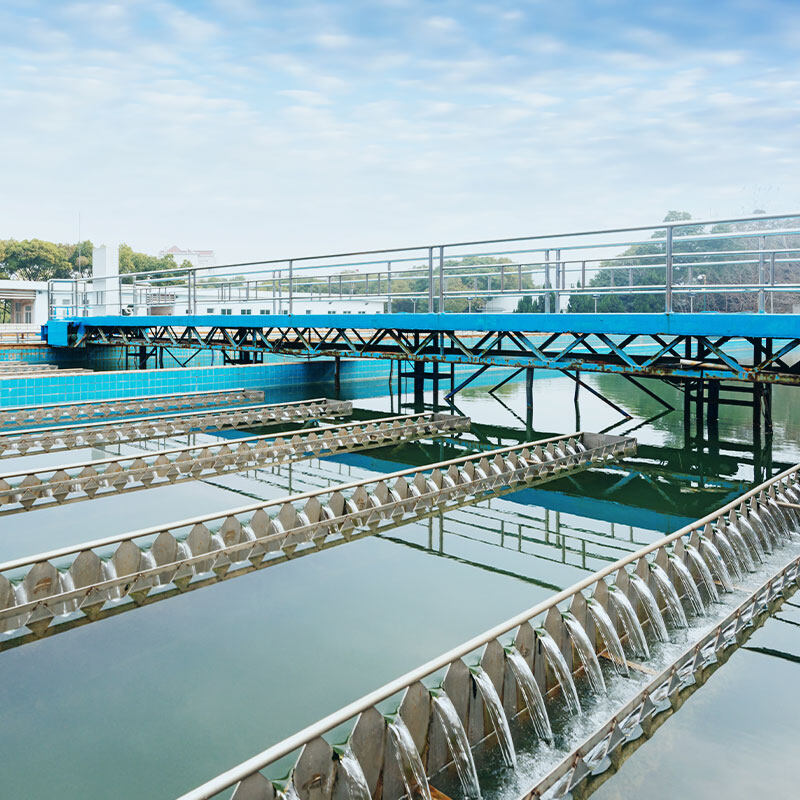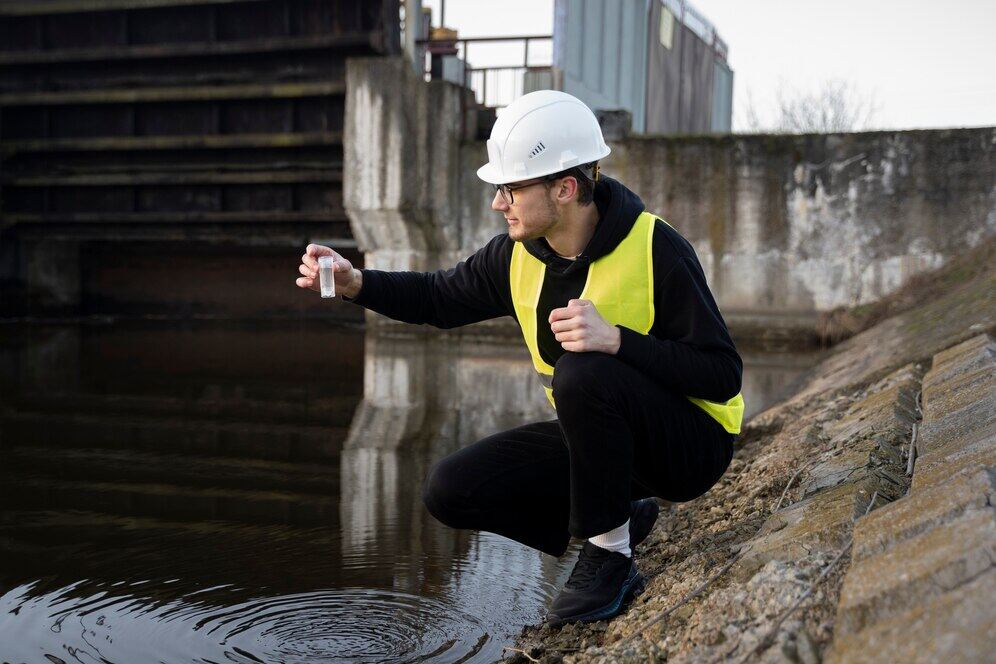Wastewater/sewage treatment
Sewage treatment refers to the process of purifying sewage so that it meets the water quality requirements for discharge into a certain water body or reuse. Sewage treatment can be divided into three types according to its function: physical method, biological method and chemical method.
Physical method of sewage treatment: It mainly uses physical action to separate insoluble substances in sewage, and does not change the chemical properties during the treatment process. Commonly used sewage treatment methods include gravity separation, centrifugal separation, reverse osmosis, flotation, etc. The physical method treatment structure is relatively simple and economical, and is used in villages and towns with large water capacity, strong self-purification ability, and low sewage treatment requirements.
Biological method of sewage treatment: It uses the metabolic function of microorganisms to decompose and oxidize organic matter in dissolved or colloidal state in sewage into stable inorganic substances, so that sewage is purified. Commonly used methods include activated sludge method and biofilm method. The biological method has a higher treatment degree than the physical method.
Chemical method of sewage treatment: It is a method of treating or recovering dissolved substances or colloidal substances in sewage by chemical reaction, which is mostly used for industrial wastewater. Commonly used methods include coagulation, neutralization, oxidation-reduction, and ion exchange. Chemical treatment has good treatment effects and high costs. It is often used for further treatment of effluent after biochemical treatment to improve the effluent quality.
The sewage treatment process generally includes primary treatment, secondary treatment, and tertiary treatment. Primary treatment mainly removes suspended solid pollutants in sewage. Physical treatment methods can mostly only meet the requirements of primary treatment. After primary treatment, the BOD removal rate of sewage is generally around 30%. Primary treatment is a pretreatment for secondary treatment.
Secondary treatment mainly removes organic pollutants (BOD, COD substances) in colloidal and dissolved states in sewage. The removal rate can reach more than 90%, so that organic pollutants meet the discharge standards, and the suspended matter removal rate reaches 95%, with good effluent effect. Tertiary treatment further treats difficult-to-degrade organic matter, nitrogen and phosphorus, and soluble inorganic substances that can cause eutrophication of water bodies. The main methods include biological denitrification and phosphorus removal, coagulation and sedimentation, sand filtration, activated carbon adsorption, ion exchange and electrodialysis.



